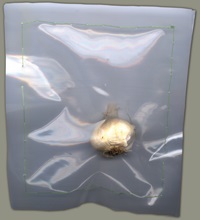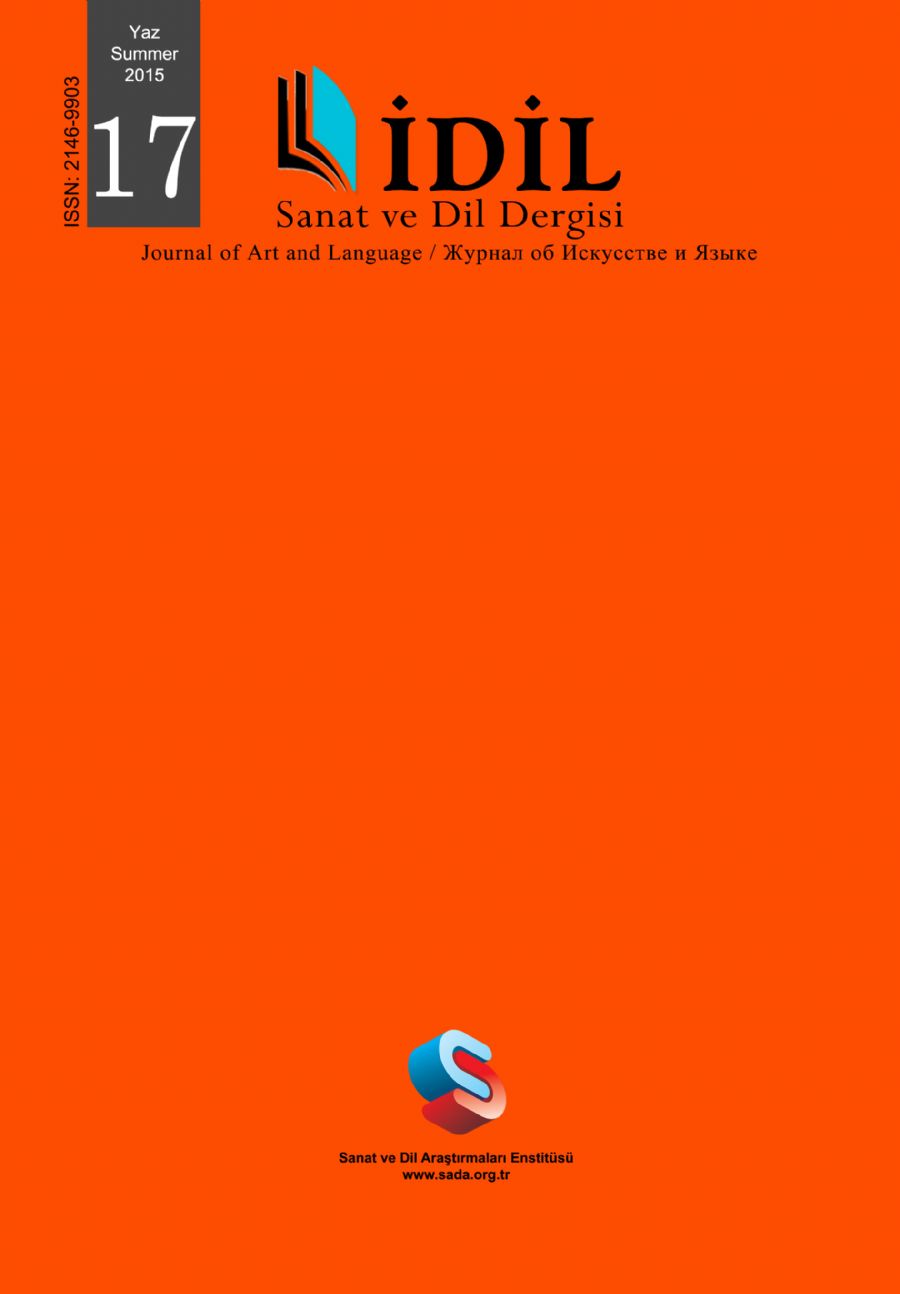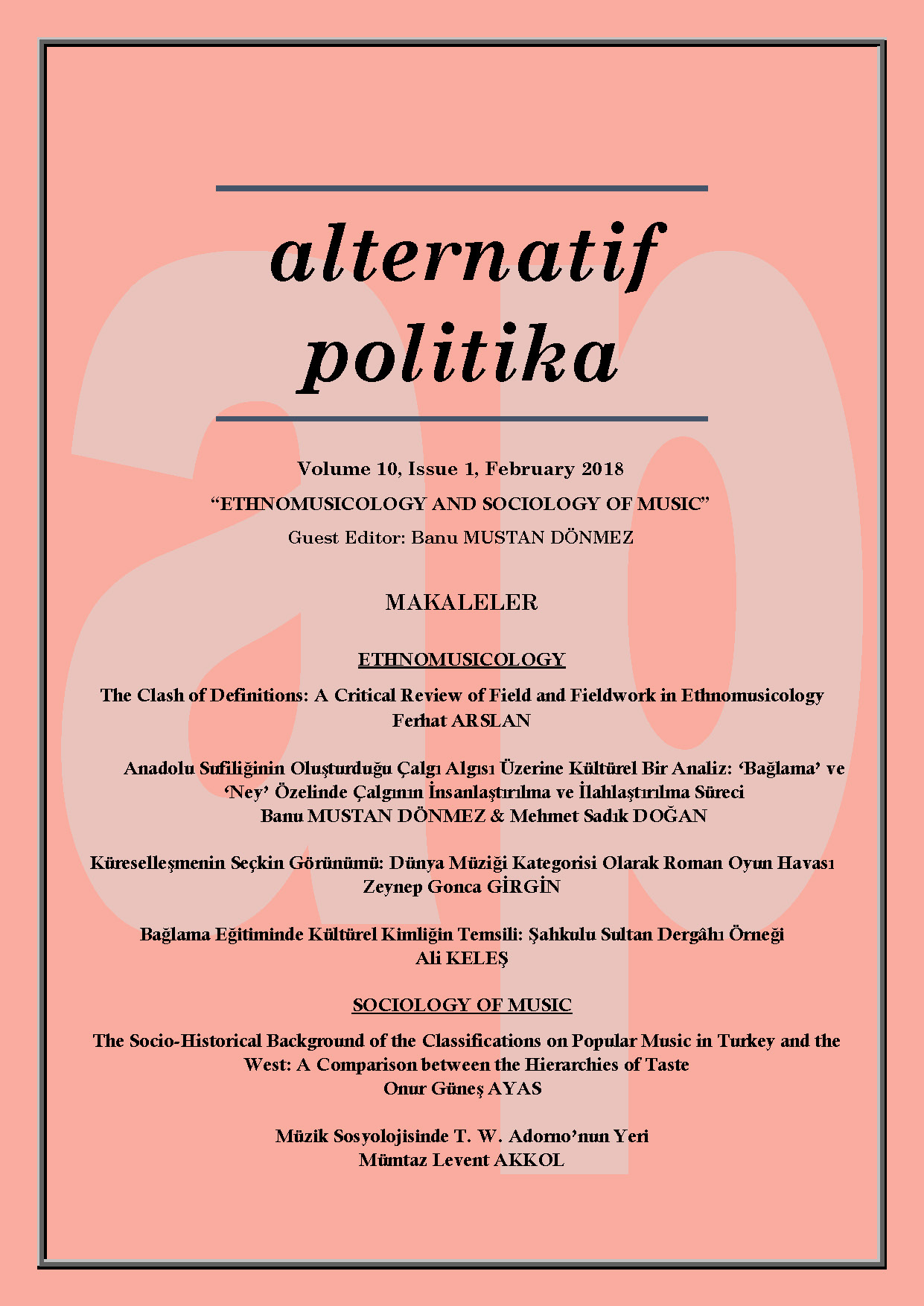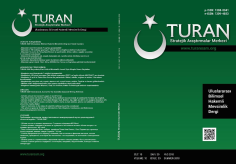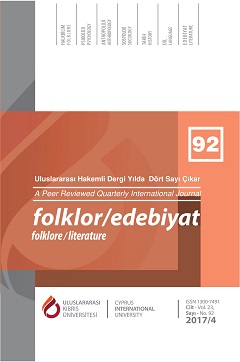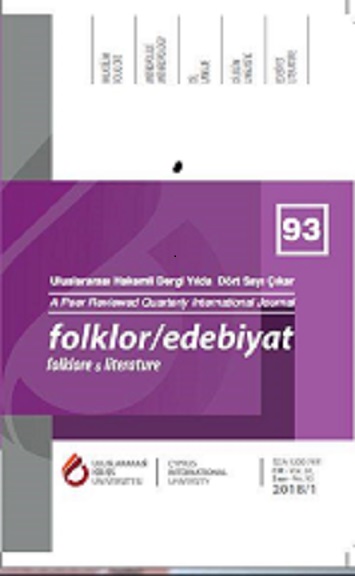Author(s): Banu Mustan Dönmez,Özlem Akın Şişman / Language(s): Turkish
Issue: 92/2017
This study is based on the argument that the philosophy of humanity should form the basis of the road map of music education. Giving professional music education which is provided by conservatories such as training virtuoso or compositor, certainly not other institutions’ aim. In this study, the approach to the most general types of music education has been dealt with in terms of reasons This study is a descriptive / interpretive study carried out through literature review / library study and qualitative research method. Music education in this study is seen as one of the important instruments of human education, exactly like in the philosophy of Greek Antiquity and Plato philosophy. It should be the main goal of music education that training the spirit, increasing sensivity, civilizing the spirit by way of aesthetics; it should be the main goal of music education that purifying the spirit from animalism, increasing emotional intelligence, commiseration, empathy and virtue. In fact, educating the people is the common aim for all religions, philosophies and arts, this supreme goal is to create a better world. Here it is much more effective and easier to reach this aim through music than other methods. Because music affects the soul quickly and profoundly, it plays a part in all areas of life like propaganda, war, work and work motivation, love, lament, religious rituals. Therefore, music performs education more effectively and quickly. Most importantly, music is one of the arts that most connected to creativity. Music that covers different areas such as literature, poetry, decor, costume, drama especially in universal arts, should not be imposed upon children and adults forcibly if they do not love in this area; if they love this area they should be supported with special incentives. In addition, those who thought that they are music lovers and have no talent should never be taken away from this area; because love in music is more miraculous than special talent. For this reason, the only art that reduces to the minimum level the barriers of disabled and mentally unbalanced individuals is the music, and it has been attributed to itself the sanctity since Antiquity. Apart from that, in order to be able to work based on love and desire in the music education, the specific inclination and the cultural orientation of the individuals should not be left out, a single musical culture should not be forcibly imposed, in the world, which becomes a global village where ethnic colors have emerged. Such imperatives are incompatible with the idea of love education and humanity in music.
More...

